Cricket
Rising support in women’s cricket in India
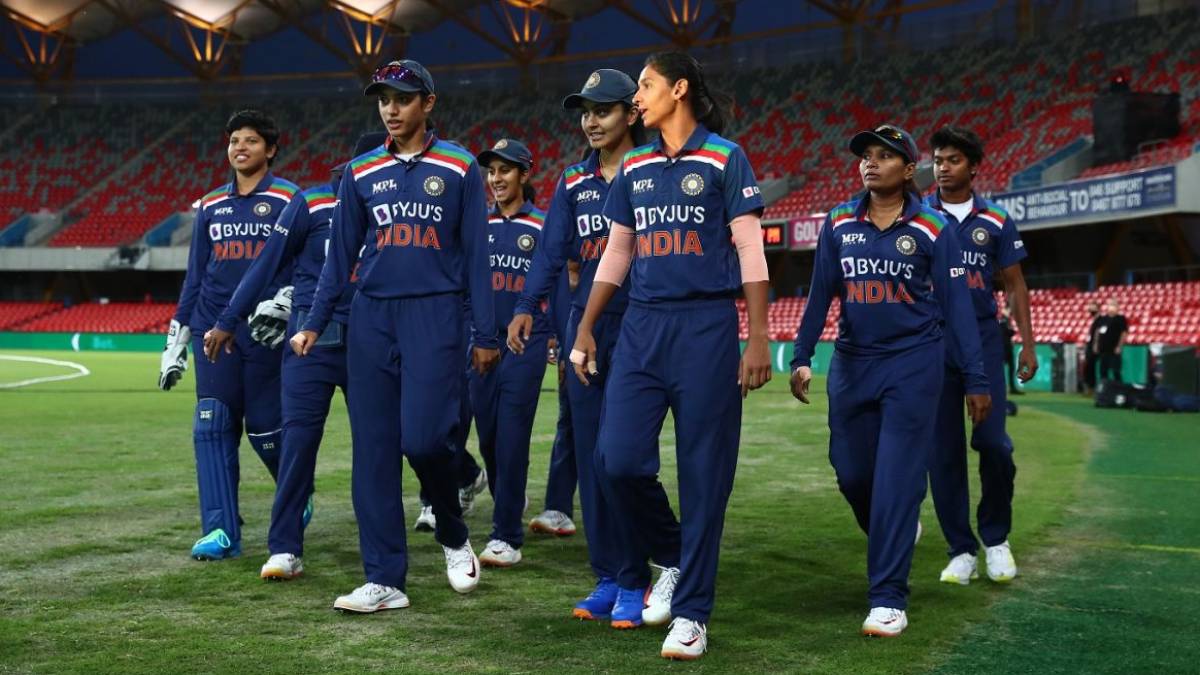
The five-match T20 tour of Australia saw packed stadiums and a frantic atmosphere, which is encouraging for the launch of a women’s IPL the following year.
Full stadium. Closed tickets counter.
Throughout their T20I tour of India, Australia’s players faced multiple, energetic, and fervent supporters, whetting their appetites for the upcoming launch of a women’s Indian Premier League.
The five games were divided between two locations in Mumbai, marking the first time since the pandemic began that Indian women played in front of their own fans.
Only the day before the first game did a local newspaper run a front-page advertisement for the series, and bus stops and billboards all over the city began to display Shafali Verma, a teenage tyro, on them.
Even so, more than 25,000 people attended the opening game at DY Patil Stadium. Two days later, however, more than 47,000 people filled the stadium to capacity, forcing the gates to be locked in order to prevent images of stranded fans staring despondently through the fence next to the now-iconic “Stadium full” from going viral. ‘Ticket over’ signs gained notoriety.
You read it right.
— Annesha Ghosh (@ghosh_annesha) December 11, 2022
🇮🇳🇦🇺🏏🔥
India vs Australia, second T20I, DY Patil Stadium, Navi Mumbai#INDvAUS | #INDWvAUSW pic.twitter.com/F43bJCHxUQ
As India took Australia to a Super Over and eventually won, the noise inside the stadium was deafening.
The energy spread west to Brabourne Stadium, the site of the final three games, when modest attendance expectations of 5000 spectators were greatly exceeded.
When more seating was added to improve capacity for the final two games, it didn’t take long for the 10,000 tickets made available for the third game to sell out.
The interest in the series is encouraging for both the future debut of a women’s IPL as well as the multi-format match between Australia and India in December-January 2023-24, which will include a Test, three ODIs, and three T20Is.
A women’s version of the “Women’s T20 Challenge,” which was played during the men’s IPL finals for four years and four iterations, is scheduled to debut in March.
It is expected to feature five sides playing 22 matches, with the season beginning around one week after the T20 World Cup final on February 26. Specifics, including as which franchises have been successful in their bids for field teams, are still to be determined.
Although it has not been determined whether an auction or draft will be held for the best international athletes, every Australian team member who was asked about their interest during the tour gave an unequivocal yes response.
In comparison to the 47,000 spectators at the second T20 at DY Patil Stadium, Ashleigh Gardner has only ever performed in front of 86,174 people at the MCG for the 2020 World Cup final.
Australia faced a new difficulty this trip managing the sheer volume, which was all in India’s favor, while also being more well-known off the field than ever.
The second T20I’s audience, according to Gardner, “was definitely the loudest.”
“I suppose that India’s greatest asset is its fervent fan base.
“The (women’s) game has certainly expanded here in India, and that’s what we want to see—the game developing globally, not just in particular countries. So it’s amazing to see the fans coming out to support their players, and even the Australians.”
Australia’s T20I tour of India
1st T20I: Australia won by 9 wickets
2nd T20I: Match tied (India won the Super Over)
3rd T20I: Australia won by 21 runs
4th T20I: Australia won by 7 runs
5th T20I: Australia won by 54 runs
Australia squad:Alyssa Healy (c), Tahlia McGrath (vc), Darcie Brown, Nicola Carey, Ashleigh Gardner, Kim Garth, Amanda-Jade Wellington, Heather Graham, Phoebe Litchfield,, Grace Harris, Alana King Beth Mooney, Megan Schutt, Ellyse Perry, Annabel Sutherland
India squad: Harmanpreet Kaur (c), Smriti Mandhana (vc), Shafali Verma, Yastika Bhatia, Jemimah Rodrigues, Deepti Sharma, Radha Yadav, Anjali Sarvani, Rajeshwari Gayakwad, Renuka Singh Thakur, Meghna Singh, Devika Vaidya, S Meghana, Richa Ghosh, Harleen Deol
Cricket
1000 Runs in ODIs: Kohli’s Cricket Legacy
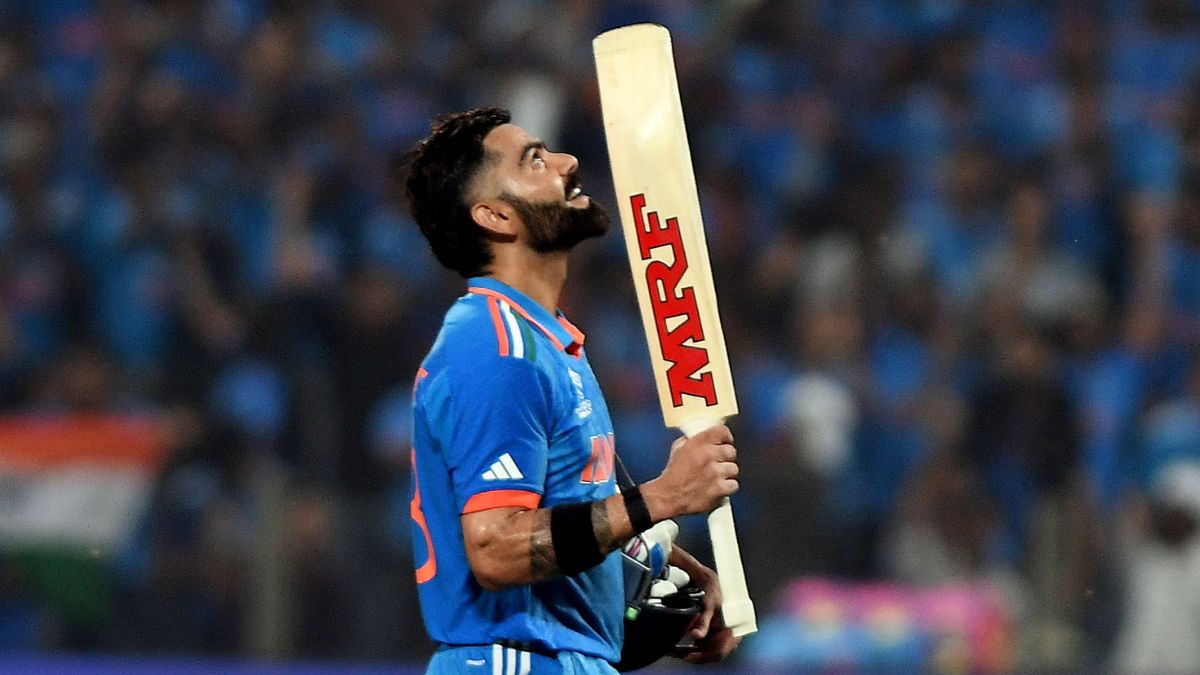
On Thursday, November 2, Virat Kohli achieved an accomplishment. He became the batsman to surpass 1000 runs in ODIs in 2023, following in the footsteps of Shubman Gill and Rohit Sharma. Not that,. He also joined Rohit Sharma, Shubman Gill, and Pathum Nissanka as the fourth players to achieve this impressive record in the 50-over format within the same year.
Stepping into History with 1000 Runs in ODIs
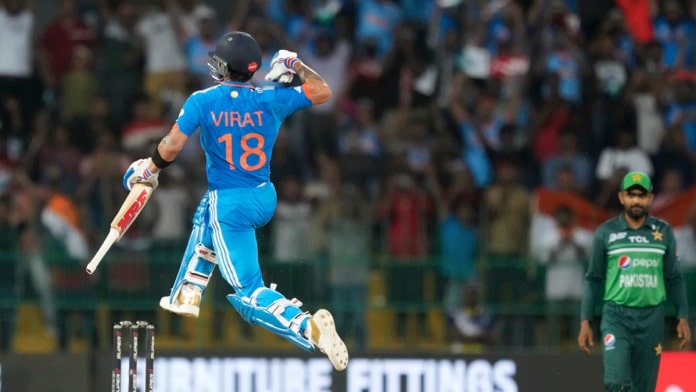
Entering the realm of history, Kohli’s unwavering determination and exceptional skills were put on display during his match in 2023. Notably, the cricket maestro, now 34 years old, made an indelible impact by surpassing Sachin Tendulkar‘s record, securing the most number of years with 1000 runs in ODIs. Kohli’s consistent ability to perform at such an exceptional level has been a defining characteristic of his illustrious career, as he had previously achieved this monumental milestone in 2011, 2012, 2013, 2014, 2017, 2018, and 2019, before accomplishing it once again in the present year of 2023.
Sachin Tendulkar with god of cricket Virat Kohli pic.twitter.com/zmztejNBBB
— Kevin (@imkevin149) November 2, 2023
An Unforgettable Journey
In an intense World Cup 2023 clash against Sri Lanka at the renowned Wankhede Stadium in Mumbai, Virat Kohli’s pursuit of this historic milestone was realized with an impressive 34 runs. Despite facing challenges, including a rare duck against England at the Ekana Stadium in Lucknow, his overall performance throughout the year has been nothing short of spectacular.
Kohli’s memorable journey was highlighted by an unbeaten century during India’s triumphant seven-wicket victory against Bangladesh at the Maharashtra Cricket Association (MCA) Stadium in Pune. Adding to his illustrious record, he solidified his stature with a brilliant 95 runs, making a significant contribution to India’s thrilling four-wicket win over New Zealand led by Tom Latham at the Himachal Pradesh Cricket Association (HPCA) Stadium in Pune.
Cricket
Shaheen Shah Afridi: Fastest to 100 ODI Wickets

Shaheen Shah Afridi, on Tuesday, October 31, achieved a remarkable feat, becoming the third fastest bowler to secure 100 wickets in ODIs. His outstanding performance during Pakistan’s World Cup 2023 match against Bangladesh at the renowned Eden Gardens in Kolkata led to this historic accomplishment.
A Landmark Moment
In the thrilling encounter, Shaheen clinched his 100th wicket in only his 51st match, dismissing Tigers’ opening batter Tanzid Hasan Tamim. The left-arm fast bowler displayed exceptional skill as he struck Tamim on the pads, prompting the on-field umpire to raise his finger. Despite Tamim’s referral to the third umpire using the Decision Review System (DRS), the replays confirmed the ball crashing into the stumps, upholding the on-field decision. Bangladesh lost their first wicket with the scoreboard reading 0 in just 0.5 overs.
Shaheen Afridi soars high yet again with another feat to his name 🦅#CWC23 | #PAKvBAN pic.twitter.com/IlQQ6P5xYK
— ICC Cricket World Cup (@cricketworldcup) October 31, 2023
Surpassing Preceding Records
Shaheen Shah Afridi not only secured this feat in record time but also outshone the accomplishments of esteemed bowlers preceding him. He surpassed the record of the fastest pacer, previously held by Mitchell Starc, who attained the milestone in August 2016 during an ODI against Sri Lanka at the R. Premadasa Stadium in Colombo.

Legacy of Excellence
Moreover, Shaheen shattered the long-standing record held by Saqlain Mushtaq, becoming the fastest Pakistani bowler to claim 100 wickets in ODIs. Saqlain had set this record on May 12, 1997, during an ODI against Sri Lanka in Gwalior. It is notable that among the Pakistani fast bowlers, the accomplished Shaheen Shah Afridi follows in the footsteps of the legendary Waqar Younis, who achieved the 100-wicket mark back in February 1993 against Zimbabwe in Sharjah.

Beyond ODIs
Demonstrating his prowess beyond ODIs, Shaheen has made significant contributions in Tests and T20Is as well. Since his debut in 2018, he has garnered 105 wickets in Tests and 64 wickets in T20Is. His exceptional journey began with a strong performance in the U19 World Cup in New Zealand. Notably, he played a pivotal role in Lahore Qalandars’ consecutive victories in the Pakistan Super League (PSL).
A Testament to Talent and Dedication
Shaheen Shah Afridi’s rapid rise to 100 ODI wickets within 51 matches underlines his exceptional talent and unwavering dedication to the sport. As he continues to leave an indelible mark on the cricketing world, his journey serves as an inspiration for aspiring cricketers worldwide. With his remarkable achievements, Afridi has solidified his place in the annals of cricket history, etching his name as one of Pakistan’s most formidable and promising fast bowlers.
Cricket
ICC World Cup: Shoaib Akhtar says, ‘Mai India ki tareef kyu na karu’

Former Pakistan fast bowler Shoaib Akhtar has recently expressed admiration for India’s dominant performance in the ongoing 2023 ICC World Cup. With India securing victories in all six matches, Akhtar highlighted the team’s exceptional display across various aspects of the game. Although the recent batting performance against England in Lucknow was relatively modest, India’s fierce bowling attack, led by Mohammed Shami and Jasprit Bumrah, proved instrumental in securing a remarkable win. This triumph not only solidified India’s leading position on the points table but also exacerbated England’s struggles in the tournament, leaving them virtually eliminated.
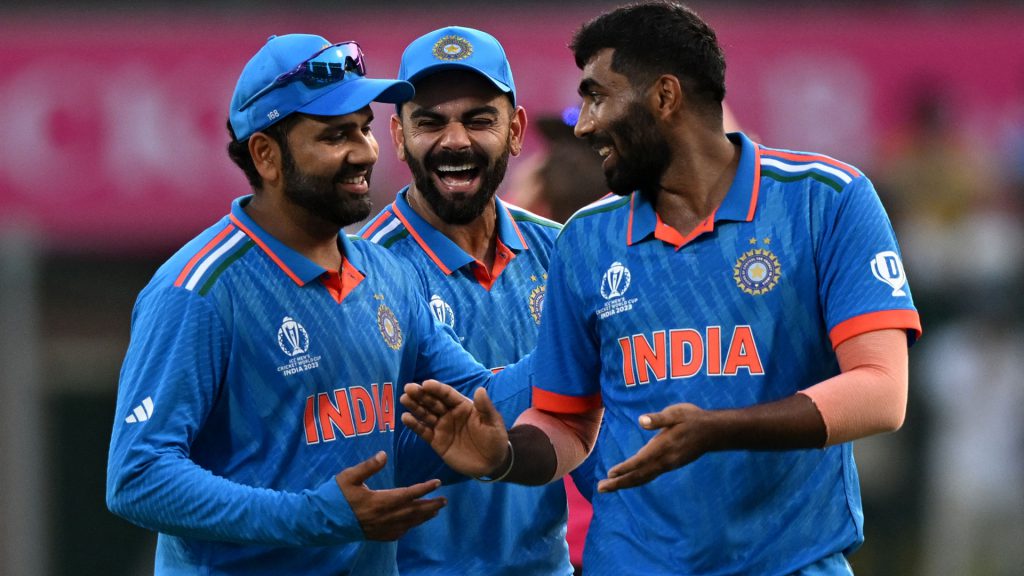
India’s Remarkable Bowling Transformation
In his analysis, Akhtar emphasized the transformative impact of Shami’s inclusion in India’s playing eleven following Hardik Pandya’s injury. Acknowledging Shami’s outstanding performances against New Zealand and England, Akhtar credited India’s ability to win matches through their bowling prowess, showcasing a shift from their traditional reliance on batting strength. He commended the collective effort of the Indian bowling unit, particularly recognizing the strategic brilliance of fast bowler Bumrah.
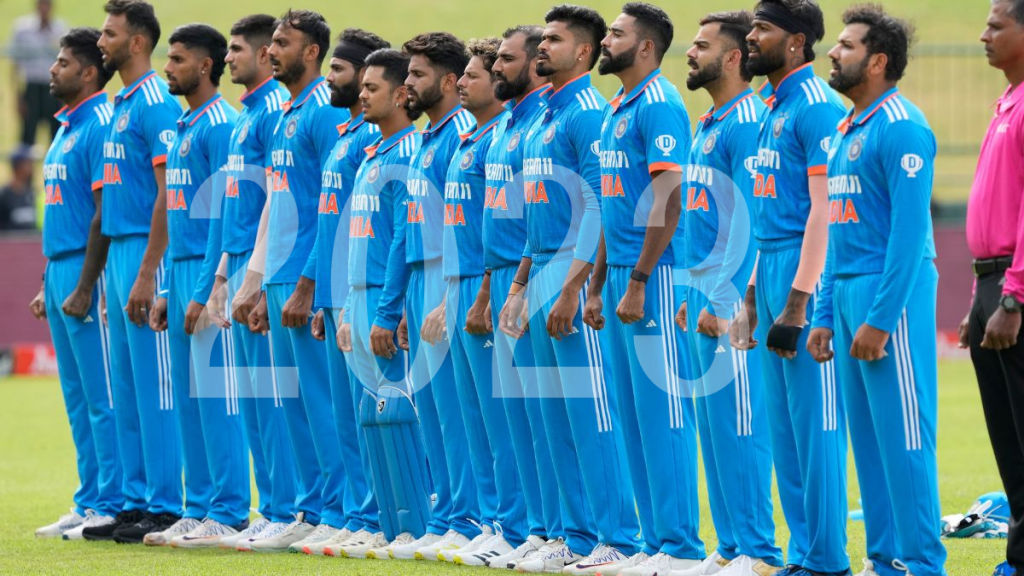
India’s Path to World Cup Glory
Looking ahead, Akhtar voiced his confidence in India’s potential to secure their third ODI World Cup trophy, highlighting the team’s upcoming matches against Sri Lanka, South Africa, and the Netherlands. Expressing optimism, he emphasized the significance of maintaining their unbeaten streak en route to the final, setting the stage for a potential historic ICC World Cup victory. However, Akhtar cautioned against compromising the successful bowling unit once Pandya returns to full fitness, warning against the potential detriment of a partially fit Pandya’s inclusion at the expense of a bowler.
Akhtar’s Praise for India and its Response to Criticism
Addressing skepticism surrounding his praise for the Indian team, Akhtar reiterated the exceptional nature of India’s performance, particularly in their ability to defend a modest total with a significant margin of victory. Undeterred by criticism, Akhtar reaffirmed his admiration for India’s exceptional cricketing prowess, urging acknowledgment and appreciation of their commendable achievements.
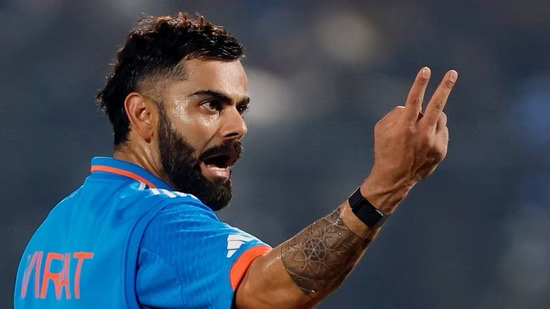
Shoaib Akhtar’s Perspective on Virat Kohli
Shifting focus, Akhtar’s history of praise extends beyond team performances to individual players, notably including former Indian team captain Virat Kohli. Reminiscing on Kohli’s resilience during a challenging phase in his career, Akhtar highlighted the pivotal role played by Kohli’s consistent century-scoring performances, leading to India’s victories. Recognizing Kohli’s contribution to the team’s success, Akhtar emphasized the significance of Kohli’s monumental centuries during crucial chases, solidifying his status as a crucial asset for the Indian cricket team.
In a comparison between Kohli and the legendary Sachin Tendulkar, Akhtar acknowledged Tendulkar’s status as one of the greatest batsmen while highlighting the challenges Tendulkar faced as a captain. Drawing parallels, Akhtar expressed confidence in Kohli’s eventual resurgence, expecting him to return to his prolific scoring form once he finds his equilibrium.
In summary, Akhtar’s acknowledgment of India’s exceptional performance and his recognition of individual players’ contributions underscore the team’s formidable presence in the 2023 ICC World Cup, setting the stage for a potential historic triumph in the coming days.







You must be logged in to post a comment Login